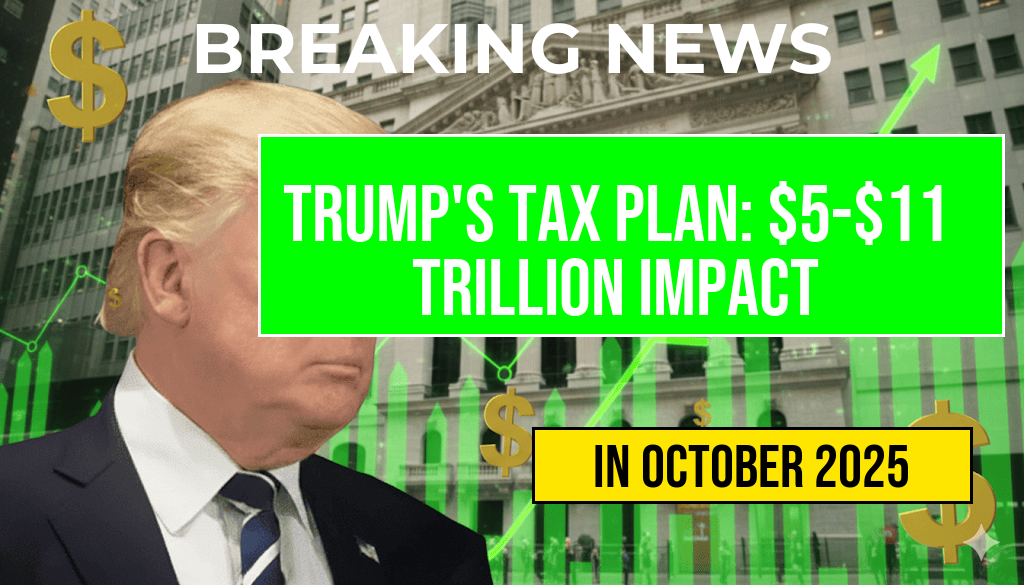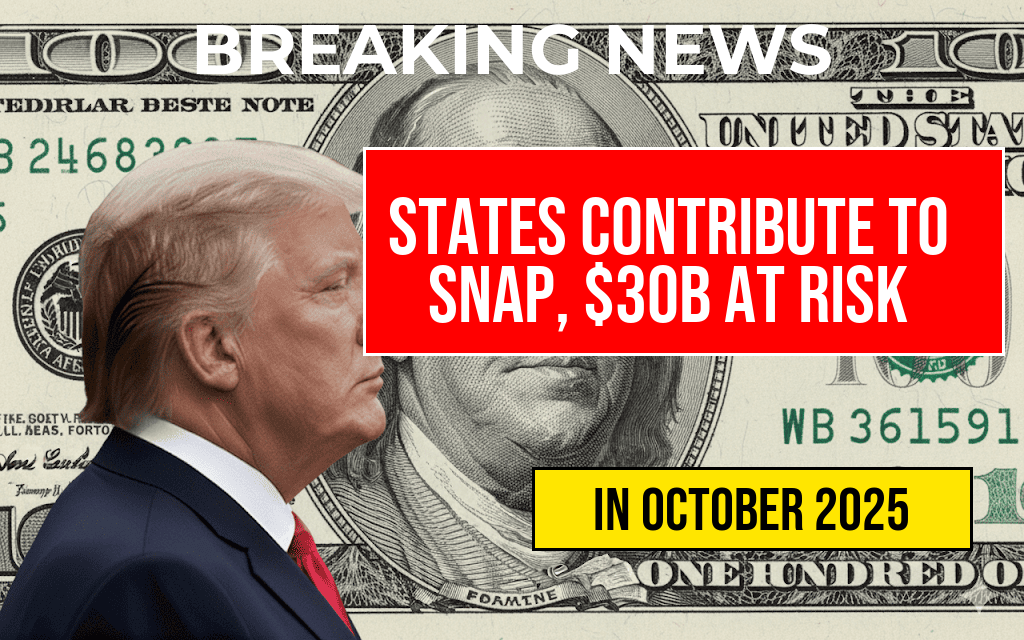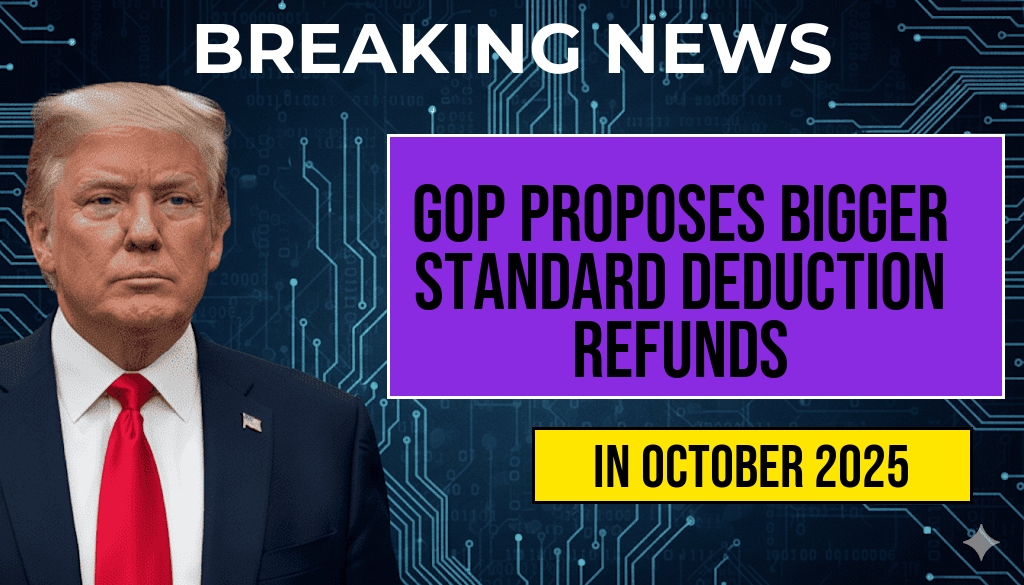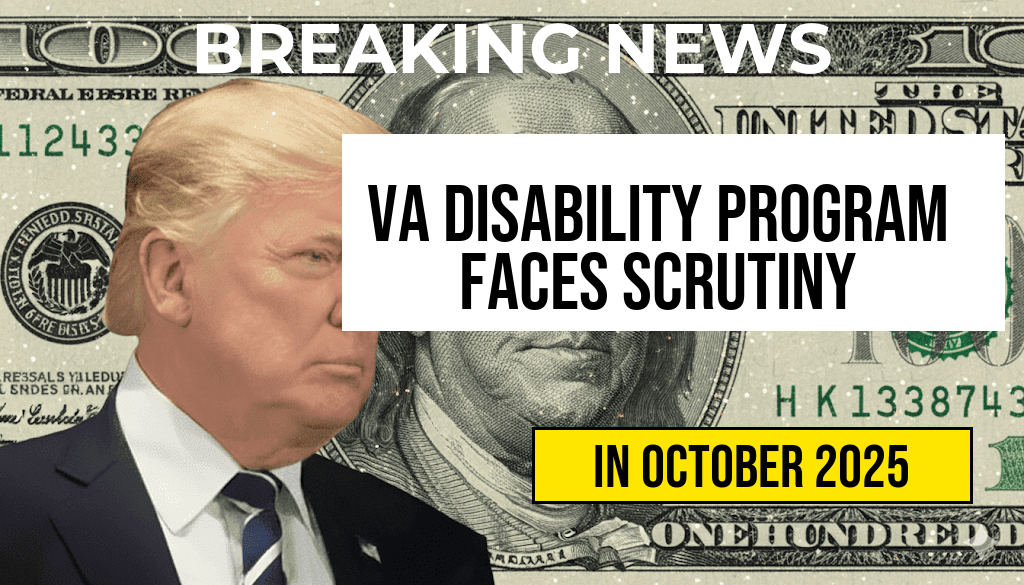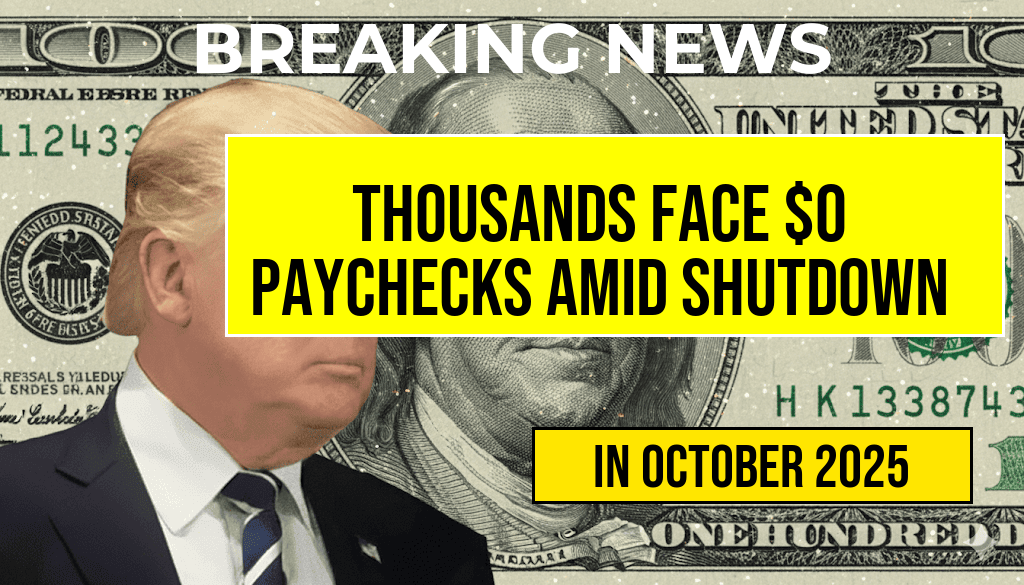The potential financial implications of former President Donald Trump’s tax plan have drawn considerable attention from economists, policymakers, and taxpayers alike. Estimates suggest that the plan could result in a staggering $5 trillion to $11 trillion impact on the national economy over the next decade. This substantial figure raises questions about how such changes could affect individual wallets, public services, and the overall fiscal landscape. As discussions around tax reform continue, understanding the specifics of Trump’s proposals becomes crucial for American taxpayers who may find themselves facing both opportunities and challenges depending on the final policy outcomes.
Key Components of Trump’s Tax Plan
Trump’s tax plan, first introduced during his presidency, aims to overhaul the current tax structure with several key components that are designed to stimulate economic growth. Some notable features include:
- Reduction in Corporate Tax Rates: The plan proposes lowering the corporate tax rate from 21% to 15%, which proponents argue could encourage investment and job creation.
- Individual Tax Cuts: Significant reductions in tax rates for individuals, especially for higher income brackets, could lead to increased disposable income.
- Elimination of the Estate Tax: The proposal includes plans to abolish the estate tax, which could benefit wealthier families transferring assets.
- Increased Child Tax Credits: The plan suggests enhancing child tax credits to provide additional financial relief to families.
Projected Economic Impacts
The broader implications of Trump’s tax plan extend beyond immediate tax relief. Economic analysts project varying outcomes regarding its long-term effects on the federal deficit and public services. Here are some of the anticipated impacts:
| Impact Area | Projected Effect |
|---|---|
| Federal Deficit | Increase due to reduced tax revenue |
| Public Services | Potential cuts in funding for social programs |
| Investment Growth | Possible short-term increase in business investment |
| Income Inequality | Widening gap between high and low-income earners |
Effects on Individual Taxpayers
For many taxpayers, the most immediate concern is how the proposed changes will influence their personal finances. Depending on one’s income level and family situation, the effects could vary widely:
- Lower-Income Families: While some lower-income families may benefit from increased child tax credits, the overall tax cuts primarily favor higher-income brackets, potentially leaving lower-income individuals with minimal gains.
- Middle-Class Taxpayers: Middle-class families could see moderate reductions in their tax bills. However, the elimination of certain deductions and credits may offset these benefits.
- High-Income Individuals: Wealthier taxpayers stand to gain the most from the proposed rate cuts and the elimination of the estate tax, which could significantly increase their inheritances.
Long-Term Considerations
As discussions around Trump’s tax plan evolve, it is crucial to consider the long-term implications on the economy and public services. Critics argue that the expected increase in the federal deficit could lead to cuts in essential services, affecting healthcare, education, and infrastructure. Supporters contend that stimulating the economy through tax cuts will ultimately generate sufficient growth to offset these concerns.
Tax policy experts from institutions like the Tax Policy Center and Congressional Budget Office continue to analyze the potential outcomes as Congress debates these proposals. Individual taxpayers will need to stay informed on how these discussions may shape their financial futures.
Conclusion
Understanding the implications of Trump’s tax plan requires careful examination of its components and projected impacts. With potential changes that could range from increased disposable income for some to significant federal deficits affecting public services, the stakes are high for all Americans. As the nation moves forward, the decisions made regarding tax policy will likely resonate for years to come.
Frequently Asked Questions
What is the main focus of Trump’s tax plan?
The main focus of Trump’s tax plan is to create a significant impact on the economy by potentially increasing the deficit by $5-$11 trillion over the coming years, affecting taxpayers across various income brackets.
How could Trump’s tax plan affect middle-class taxpayers?
Middle-class taxpayers may see changes in their tax rates and deductions, which could lead to either a decrease or an increase in their overall tax burden, depending on the specifics of the proposed changes.
What are the potential economic implications of the tax plan?
The potential economic implications of Trump’s tax plan include increased deficits, shifts in spending patterns, and possible effects on job growth and investment in various sectors of the economy.
How does Trump’s tax plan propose to stimulate economic growth?
Trump’s tax plan proposes to stimulate economic growth through tax cuts for corporations and individuals, aimed at encouraging spending and investment that could lead to job creation.
What should taxpayers do to prepare for the potential changes?
Taxpayers should stay informed about the developments of Trump’s tax plan and consider consulting with a tax professional to understand how potential changes might affect their individual financial situations.





